By Allison Guy • This article originally appeared on EHN on October 6, 2023
In 1997, the American Plastics Council ran an ad in The New Yorker calling plastics “an important part of a healthy diet.”
The ad, which trumpeted plastic juice jugs and plastic-wrapped food as the “sixth basic food group,” wound up proving far more literal than the copywriters intended.
Nowadays, nearly all of our meals come seasoned with a flurry of tiny plastic particles and fibers. Scientists donʼt know exactly how much we consume, but estimates range from five grams a week — the weight of a credit card — down to a minute fraction of that. Weight, however, isnʼt all that matters. Exceptionally tiny fragments, as small or even smaller than a single bacterium, can penetrate human cells and pass from the gut to the bloodstream.
What this “sixth basic food group” is doing to our digestive health is an open question — one that recent studies attempt to answer. Their findings, while preliminary, show microplastics can alter the permeability of the intestine and change how we digest food. They also appear to shift the gut microbiome to an unhealthy state. This ecosystem of trillions of bacteria and other microbes helps us digest food and fend off infection and plays a major role in body processes, from weight loss and immune function to heart and brain health.
“Itʼs important to highlight that microplastics are already in our bodies,” Mathilde Body-Malapel, an environmental health researcher at the University of Lille, in France, told EHN. “For most people, microplastic is a problem for the ocean; itʼs an ecological problem. But now we know itʼs a problem for human health.”
How Much Plastic Do We Eat?
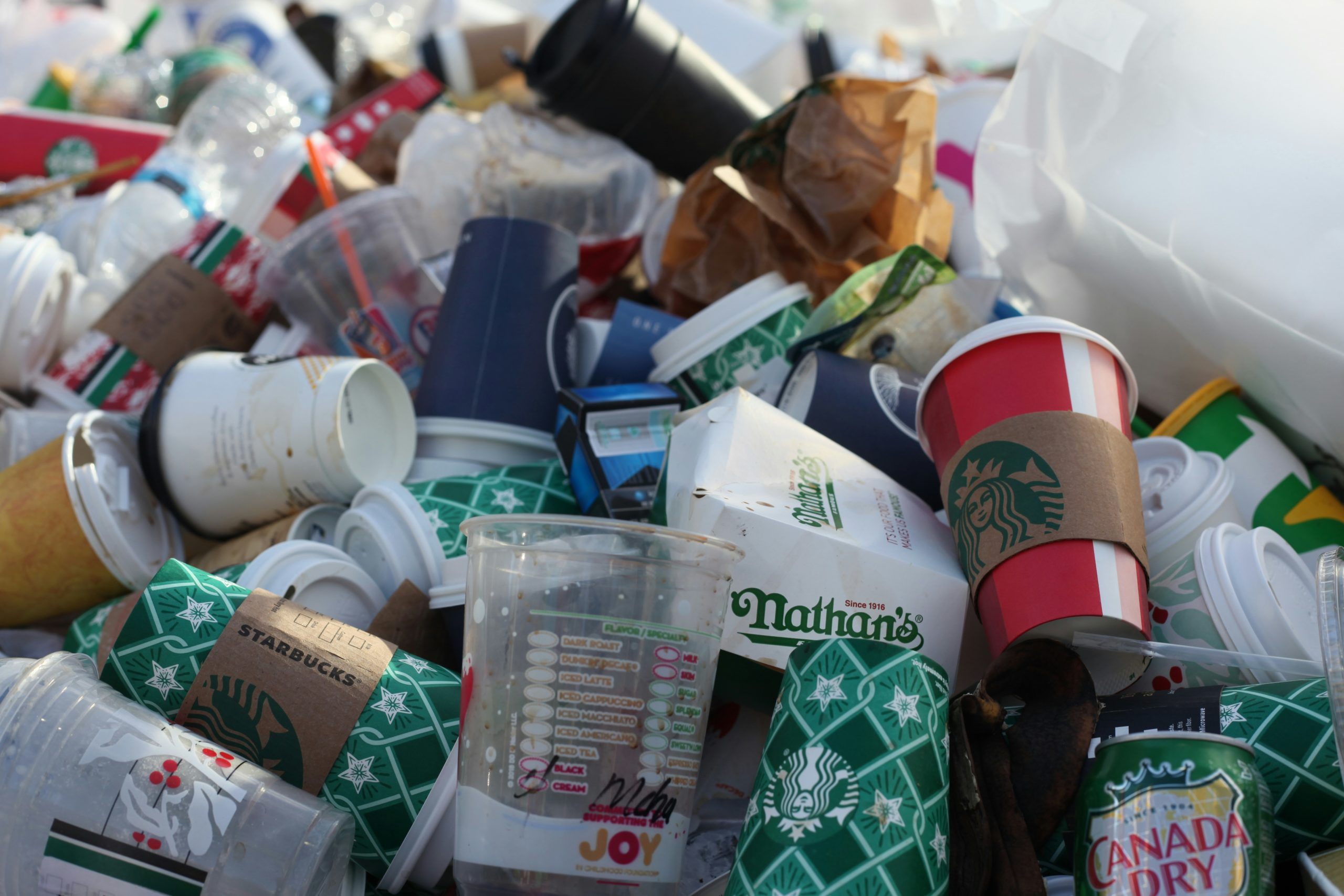
Microplastics are smaller than five millimeters, about the size of a sesame seed. Researchers have found these persistent polymers virtually everywhere theyʼve looked: in rice, sugar, seafood, vegetables, drinking water, rain, and air. Polyester clothes and rugs shed minute plastic fibers. Opening a soda bottle can release a spray of thousands of plastic particles.
For most people, microplastic is a problem for the ocean; itʼs an ecological problem. But now we know itʼs a problem for human health.
Despite their ubiquity in our diet, little is known about how these elements affect their first stop in the human body — the digestive tract. Microplastics have only become a research concern in the last decade or so. And the field is underfinanced, particularly in the US, according to Philip Demokritou, the director of two environmental health labs at the Harvard School of Public Health.
Microplastics are also notoriously difficult to study. “For microplastics, itʼs not one pollutant,” Body-Malapel said. “Itʼs a lot of different pollutants.” In addition to the wide range of plastic polymers in use — the polyethylene in a plastic bottle, the vinyl in a shower curtain — thereʼs an even wider range of chemicals added to plastics to give them special properties such as flexibility or UV resistance. Evidence has shown that many of these additives, such as bisphenol-A and phthalates, pose health risks even at extremely low levels, such as parts per trillion.
Figuring out what kind of plastic a person or animal has consumed is “something that always sounds easier than how it is in reality,” Gloria Fackelmann, a microbial ecologist at Italyʼs University of Trento, told EHN. Scientists use specialized devices to analyze the wavelengths of light that bounce off a given piece of plastic and compare it to databases created by other researchers. This process is imperfect, Fackelmann said, because something as basic as the plasticʼs age can alter how it reflects light.
Adding to the complexity is shape and size. A grain of plastic visible to the naked eye behaves far differently from a nanoscale particle thatʼs the size of a virus. Multiple studies have shown that the smallest plastics can pass from the gut into the blood, and from there into the brain, placenta, liver, and other organs. And the smaller something is, the more surface area it has, increasing a plastic particleʼs ability to glom onto cells and leach a higher dose of chemical additives. Body-Malapel said nanoplastics are so miniscule that there is currently no way to detect them in human tissues.
Researchers canʼt feed human volunteers plastic-peppered food and see what happens. Instead, they must pursue a variety of indirect routes: analyzing human feces, creating artificial stand-ins for digestive organs, using lab animals, or looking at wild creatures in plastic-polluted environments.
Plastic in Birds
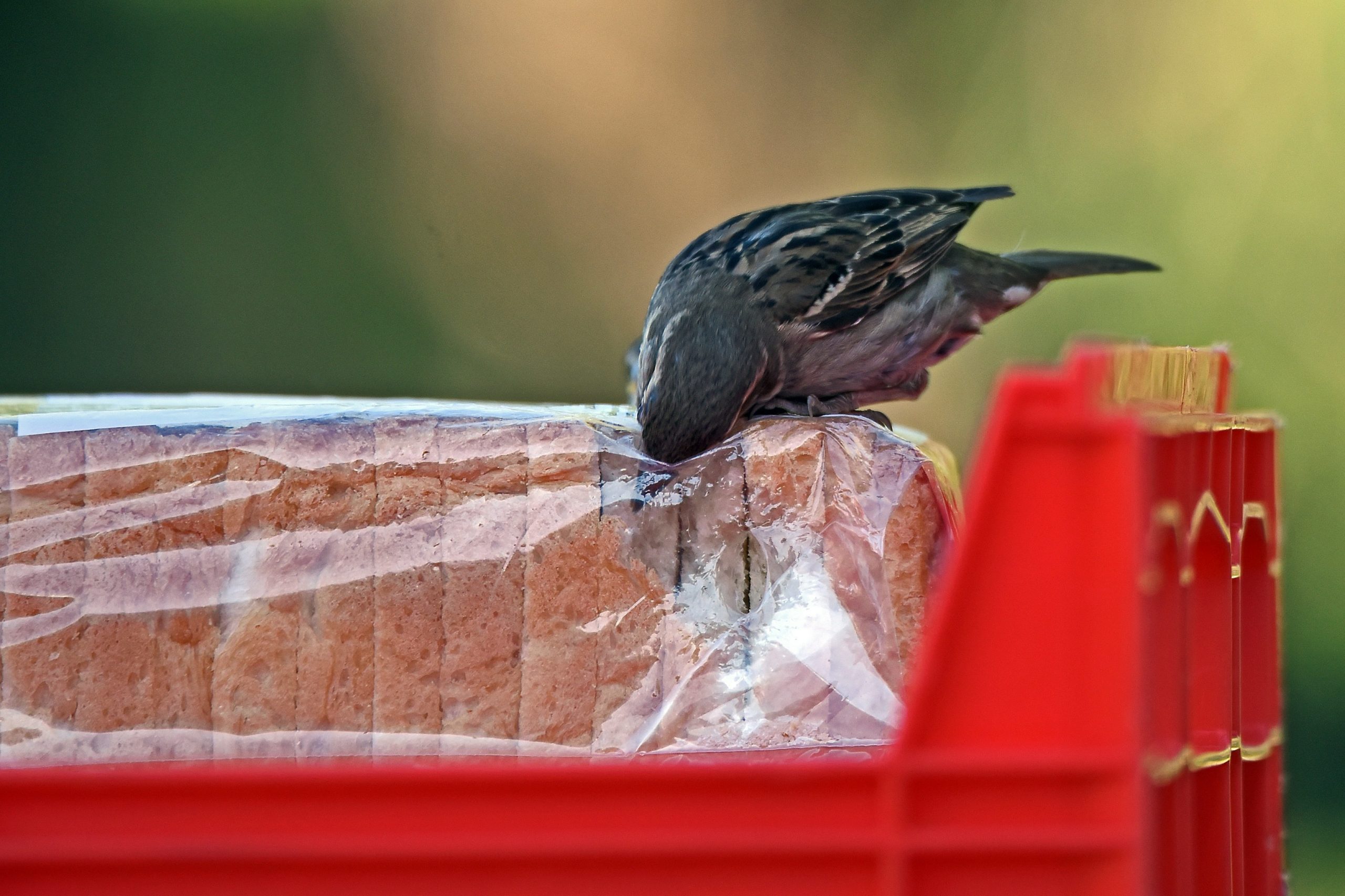
In her most recent study, published in March in Nature Ecology & Evolution, Fackelmann and her collaborators looked at how microplastics affected the gut microbiomes of two seabird species, Northern fulmars and Coryʼs shearwaters.
The team measured bacteria in the birdsʼ stomachs and cloacas, and flushed out their digestive tracts to count and weigh the microplastics inside. The birds with more individual pieces of plastic had a higher diversity of bacteria, while those with a greater weight of plastic had lower diversity. Greater diversity isnʼt always beneficial, Fackelmann said. “Maybe you have more microbes, but the excess are all pathogens, in which case, that wouldnʼt be good.”
This finding “lends some credence to the idea of plastics as a vector” for bacteria, she added. Bits of seafaring plastic are thought to accumulate bacteria, which then make a home in a birdʼs stomach and intestines. As the researchers discovered, these bacteria werenʼt a representative sample of whatʼs normally found in seawater. Instead, there was a preponderance of plastic-eating microbes, along with antibiotic-resistant and disease-causing bacteria.
While the team didnʼt assess the seabirdsʼ health, the microbial shift suggests this petrochemical diet is doing the birds no favors. “The very fact that we were able to measure the effects of microplastics on the gut microbiome in this natural system, using just naturally found concentrations of microplastics,” Fackelmann said, is “striking.” She added: “I wouldnʼt be surprised if the situation were to be similar for humans.”
Artificial Organs, Real Problems
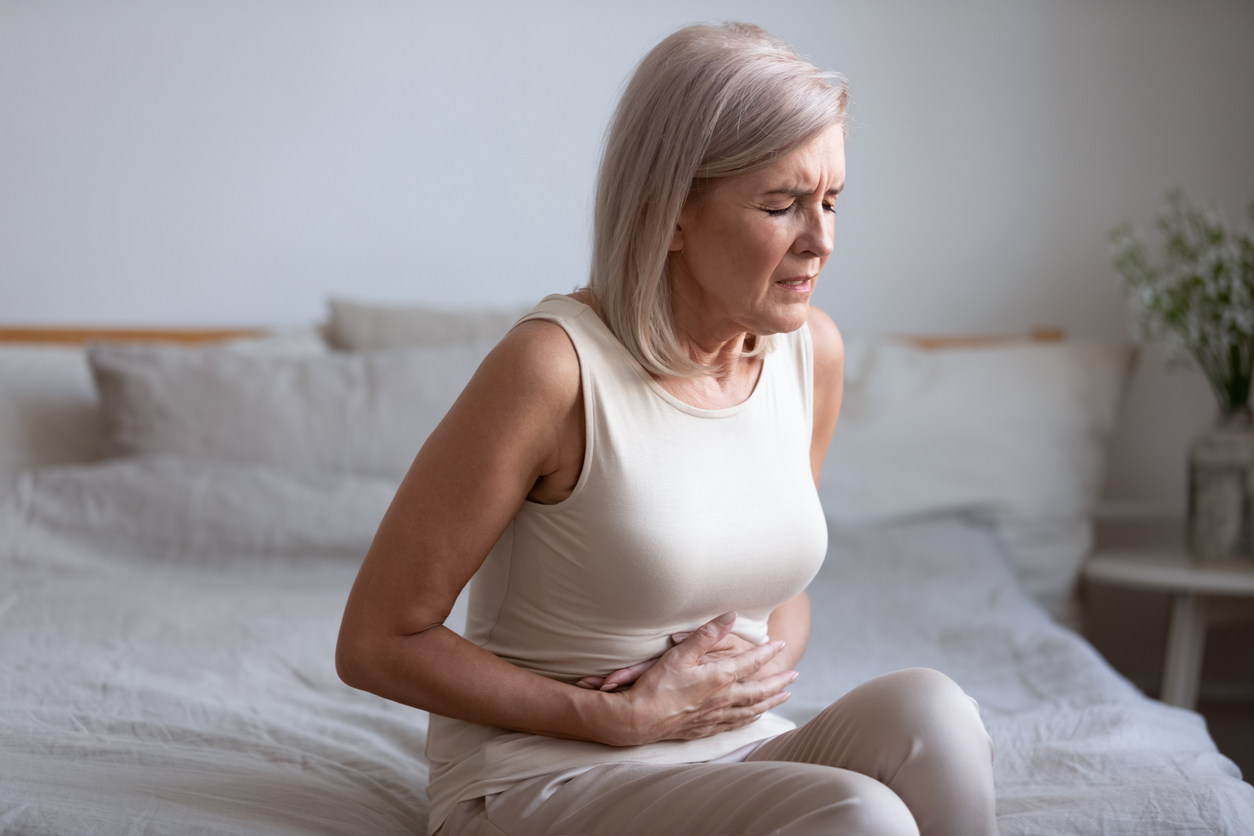
In France, a team of researchers took a radically different approach. Unable to directly observe microplastics in a living personʼs gut, they devised a fermentation chamber to mimic the conditions in the large intestine. The team seeded the fermentation chamber with donated poop and fed the resulting bacterial ecosystem with nutrients and vitamins. “It does smell a bit,” study author Lucie Etienne-Mesmin, a microbiologist at Université Clermont Auvergne, told EHN. “After a while, you get used to it.”
Every day for two weeks the team dosed the system with tiny beads of polystyrene — the most common type of plastic — and measured changes to the artificial gut. Per the study, published in January in the Journal of Hazardous Materials, beneficial bacteria declined, while two disease-associated strains increased, as did the production of skatole, the substance that gives feces their nose-wrinkling odor.
Notably, the studyʼs authors say, these changes mirror what medical researchers see in inflammatory bowel diseases such as Crohnʼs and celiac, where the bodyʼs immune system mistakenly attacks healthy gut cells. Many factors are likely to blame for the global rise in bowel diseases, from air pollution and ultra-processed food to antibiotic overuse.
However, this study, and several others like it, suggest that microplastics may also have a role.
A 2021 study from Chinaʼs Nanjing University, for example, found a correlation between the severity of a patientʼs inflammatory bowel disease and the number of plastics in their feces. A Tufts study published this June, which utilized 3D intestinal cell cultures called organoids, found that plastic exposure prompted cells to secrete inflammatory molecules.
The French researchers cautioned that it was only a preliminary study, meant to guide more research. Still, Etienne-Mesmin said, the results warrant concern, particularly because harmful changes were seen after only two weeks. “In real life, you are exposed on a daily basis,” she said. “So maybe the effect will be even stronger than the one we observed.”
Plastics and Obesity
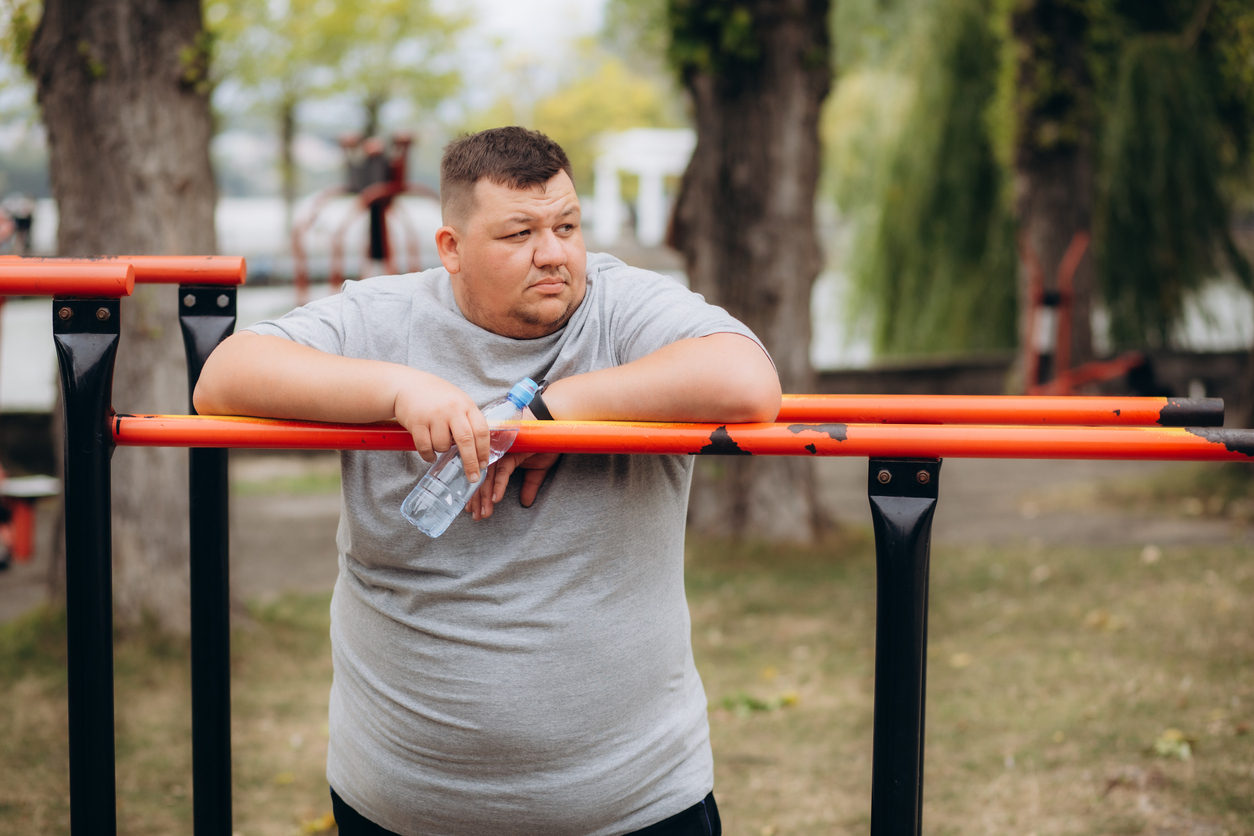
The use of pristine plastic beads, such as those used in the French study, is a “good starting point,” Demokritou said; but he cautions that their utility is limited, particularly from the perspective of regulators and health agencies. “We need to use more environmentally relevant microplastics, the ones that you and I consume in our food and the water we drink,” he said. “Otherwise, itʼs a dangerous thing to generate data that may or may not be relevant to human health.”
Demokritou and his colleagues are developing ways to shorten 40 or 50 years of plastic degradation down to a few weeks through incineration and other methods. Evidence suggests that this process, called weathering, induces physical and chemical changes that can make plastic more dangerous. An August study from South Koreaʼs Daegu Gyeongbuk Institute of Science and Technology, for example, found that weathered microplastics induced noticeably more brain inflammation than their pristine counterparts.
In a study published this March, Demokritouʼs team applied a slurry of weathered nanoplastics to a cell culture of a human intestinal wall. The team then “fed” the cells a high-fat solution and discovered that the microscopic plastics increased fat digestion by 33% and fat absorption by a whopping 145%. Plastics and intestinal membranes are both hydrophobic, meaning they repel water, Demokritou said. Their hydrophobic nature means plastics and gut walls stick together when paired up, sandwiching any fat molecules in between, and increasing both the time and surface area for the fat to be absorbed.
They are in the air you breathe, the water you drink, the food you eat. So, I hate to say, itʼs not easy to control your exposure.
The study also found that microplastics triggered the cells to release inflammatory molecules, similar to what the Tufts study identified. “If you have inflammation, it makes the gut leakier,” Demokritou said, explaining that increased intestinal permeability means greater amounts of any toxic substance we swallow can enter the body. A leaky gut is linked not only to inflammatory bowel disease, but also to allergies, asthma, autoimmune disorders, and obesity.
Demokritouʼs study isnʼt the only research to suggest a link between plastic and obesity. A 2021 National Institute of Environmental Health Sciences review identified several ways that microplastics might be making us fatter, including altering the immune system, changing organ function, and disrupting hormones. These risks come not just from the plastic itself, but from the synthetic chemicals and heavy metals that plastics can contain.
How to Avoid Eating Microplastics
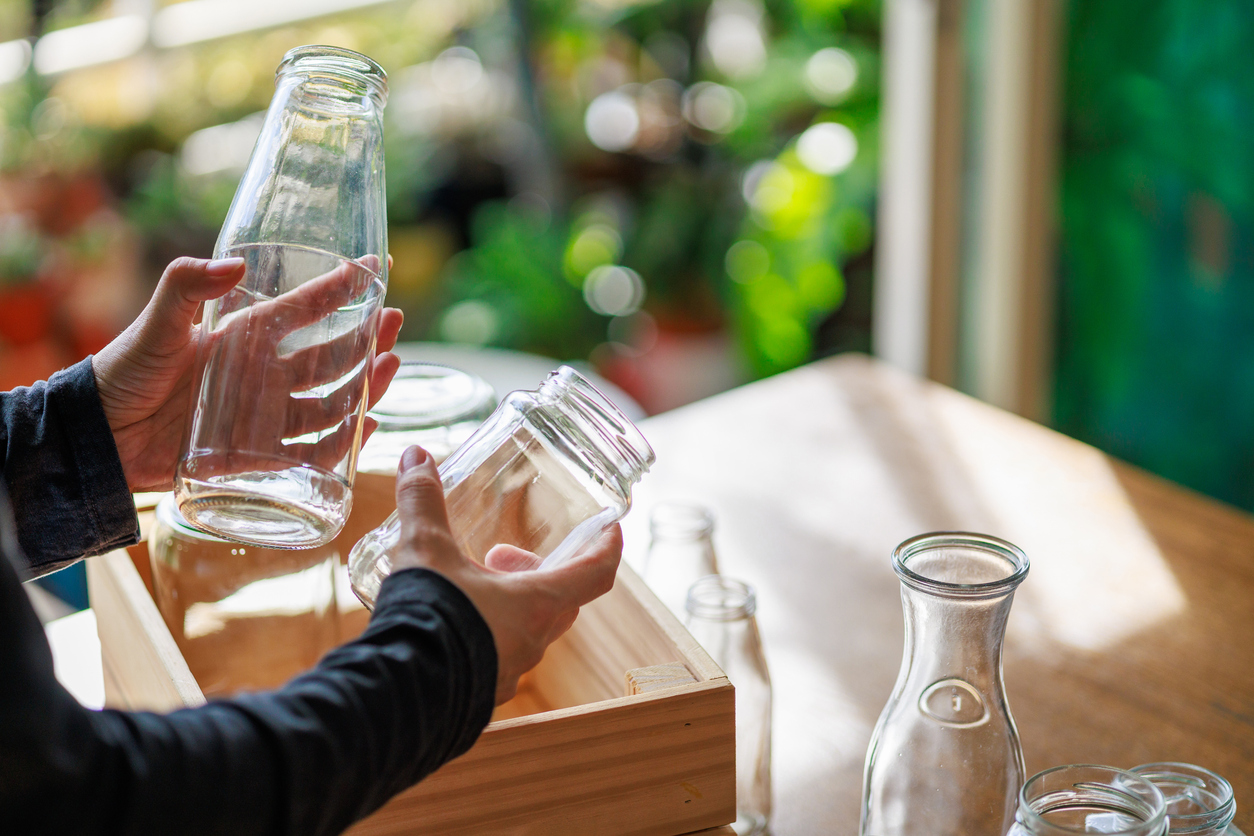
There are a few common sense ways to reduce dietary exposure to plastics, such as swapping out plastic cookware and food containers for metal, glass, and ceramic. But even the most assiduous plastic-free practitioner can only do so much. After 50 years of dumping plastic waste into the environment, followed by its degradation into ever-smaller pieces, every corner of the planet is now seeded with these pernicious particles. “They are in the air you breathe, the water you drink, the food you eat,” Demokritou said. “So, I hate to say, itʼs not easy to control your exposure.”
Until governments and corporations take drastic action to cut plastic production and waste, everyone on Earth, even in remote Arctic regions, will continue to eat a side of plastic with every meal. Demokritou highlighted the need for science-based plastic legislation, better waste management strategies, and the development of safe, biodegradable alternatives to conventional plastics. “We cannot go back to the Stone Age. Plastics are our life,” he said. “We need to attack this kind of problem from all angles.”
Tell us in the comments:
- How can you further reduce plastic usage in your life?
Featured Image: iStock.com/Svetlozar Hristov

